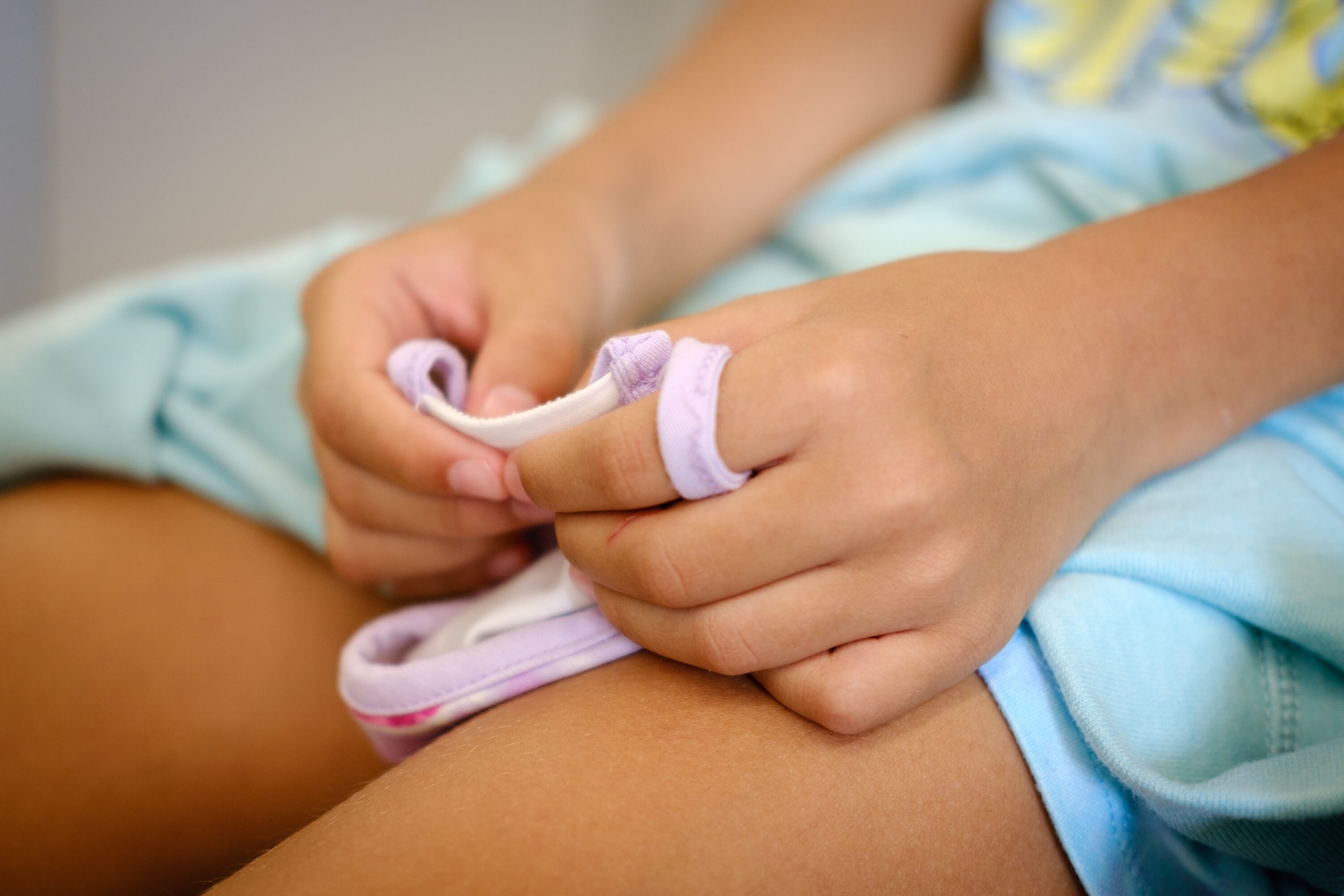New guidance from Michigan’s top health officials is providing clarity on when students exposed to COVID-19 should leave the classroom.
The Michigan Department of Health and Human Services guidelines illustrate the importance of mask wearing. In most cases, students exposed to COVID who were wearing a mask should not quarantine, the state says.
The recommendations, targeted toward asymptomatic students, are timely because as the school year has begun in Michigan, the number of school-related COVID outbreaks has increased. Last week, there were 153 outbreaks connected to schools, increasing the number of current outbreaks to 202 over a 28-day period.
An outbreak occurs when there are two or more linked cases that can’t be traced outside school grounds.
The state advice, which applies to vaccinated and unvaccinated students who come in contact with a COVID-positive student, arrives as the spread of the delta variant has disrupted the beginning of the school year for students in school districts across the nation. School policies have varied by district over whether a student exposed to COVID needs to be isolated at home. The state guidelines also come after national and statewide discussion over when students should quarantine and how long they should be away from in-person learning.
The recommendations apply to both vaccinated and unvaccinated students who come in contact with a COVID-positive student.
“When layered prevention strategies such as masking, distancing, testing, isolation and quarantine are applied consistently, school-associated transmission of COVID is significantly reduced – which keeps kids in the classroom so they can learn,” Elizabeth Hertel, director of the state health department, said in a statement.
“However, if someone is exposed to COVID at schools, it’s important for them to follow quarantine guidance to prevent spread to other children,” Hertel said.
Under the state guidelines, a student can remain in school after close contact with a COVID-positive student under these scenarios:
- If the exposed student was fully vaccinated and was or wasn’t wearing a mask when exposed, they can remain if they continue to wear a mask and monitor their symptoms for 14 days.
- If the unvaccinated student was masked and the COVID-positive student was also masked, and they were at least three to six feet apart during the exposure, the exposed student can stay in class.
- If an unvaccinated student was masked and the COVID-positive student was also masked, but they were less than three feet apart, the exposed student can remain at school if they receive daily COVID-negative tests.
Students would be required to quarantine under these scenarios:
- If the unvaccinated student or the COVID-positive student, or both, were not wearing a mask.
- If the unvaccinated student and the COVID-positive student were wearing masks, and were less than three feet apart, the unvaccinated student would need to quarantine if they do not receive a daily COVID test.
Unvaccinated students are advised to quarantine for 10 days following the exposure, and can return either after 10 days with no symptoms or if they test negative on day seven of their quarantine.
Exposed vaccinated students should be tested for COVID three to five days after their exposure to the COVID-positive student. If the test is positive, the student is recommended to isolate and wait for further direction from the local health department.
Regardless of vaccination status, students are advised to work with their school district and local health department to find options for daily COVID testing if they are in close contact with a COVID-positive student.
The department also recommends school leaders collaborate with local health departments to isolate COVID cases among students and staff, practice contact tracing, and adopt quarantine policies that “reduce the risk of transmission in schools while allowing in-person learning”.
“We welcome this type of guidance and I’m fairly confident we’re going to continue to see it revised as the year goes forward,” said Bob McCann, executive director for the K-12 Alliance of Michigan.
“Everybody’s goal this year is to keep kids in classrooms as much as possible because number one, that’s where they learn best, and number two, that’s where parents and students want to be this fall,” McCann added.
Michigan currently does not have a statewide mask mandate for K-12 schools. In recent weeks, local health departments in nearly a dozen counties — including Oakland and Wayne — have ordered that masks be worn by all or some students in preschool through 12th grade.
The state health department has continued to provide schools with free antigen testing supplies through its MI Safe Schools Testing program. Any student, regardless of vaccination status, who displays COVID symptoms, are recommended to be tested and isolated.
McCann urged the state to provide clearer guidance on how local health departments and school districts can provide daily testing to students exposed to COVID.







